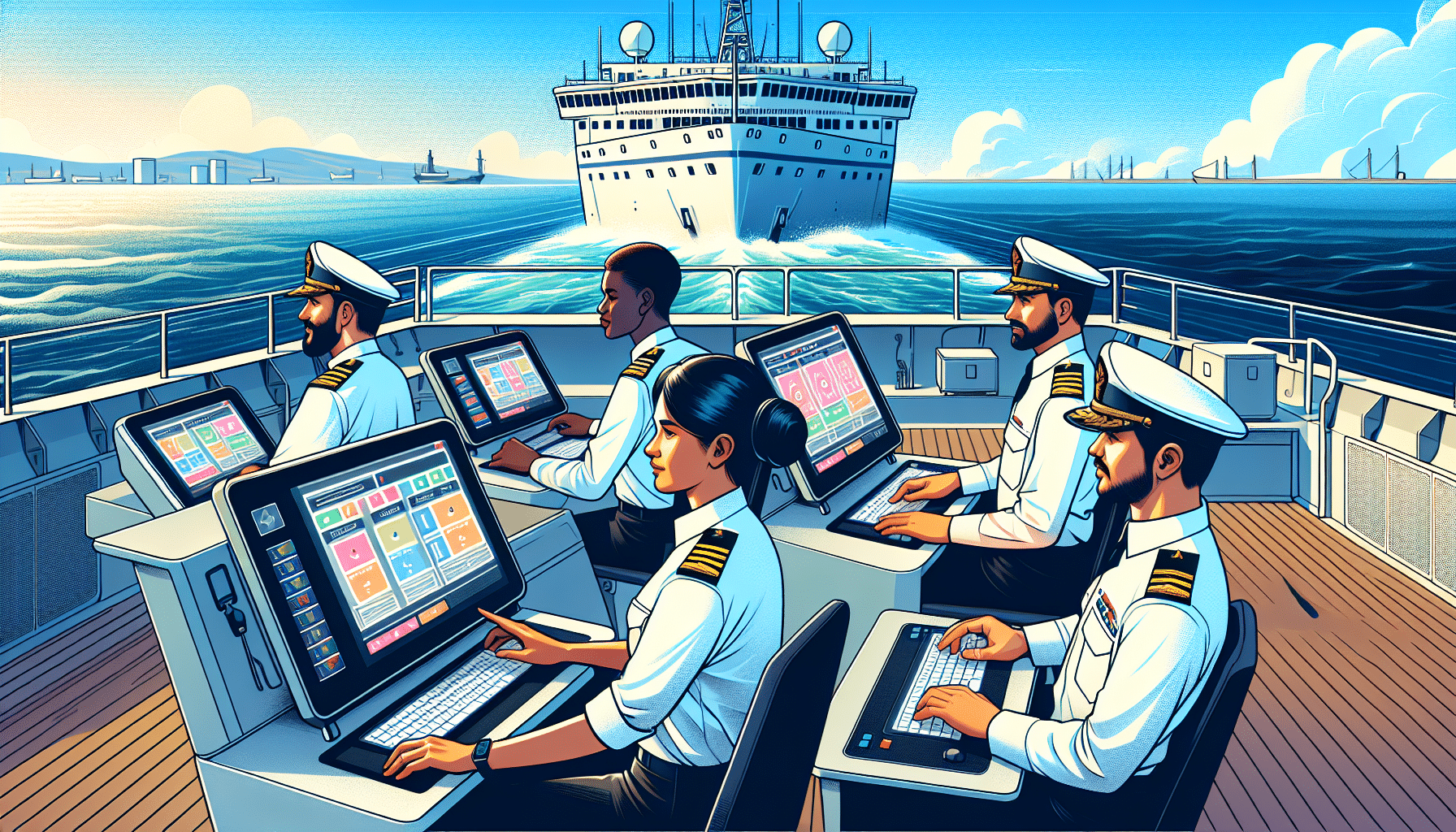Introduction to Enhancing Skills in Maritime Crew Leadership Training
In the complex and demanding environment of maritime operations, effective leadership is essential for maintaining the safety and efficiency of ship operations. Maritime crew leadership training aims to equip crew members, especially those in commanding roles, with the necessary skills to manage a team effectively, handle stressful and challenging situations, and ensure the well-being and productivity of all crew members. This article explores the key components and methods of enhancing leadership skills specifically tailored for the maritime industry.
Core Skills Focused in Maritime Leadership Training
Communication and Interpersonal Skills
At the heart of effective maritime leadership lies the ability to communicate clearly and efficiently. Leadership training programs focus on enhancing verbal, non-verbal, and written communication skills. Onboard, clear communication can prevent misunderstandings and accidents, and therefore training often includes scenarios that mimic daily operations as well as emergency situations. Moreover, interpersonal skills such as emotional intelligence, empathy, and conflict resolution are emphasized, enabling leaders to manage crew dynamics effectively.
Decision-Making and Problem-Solving Skills
The high-stakes nature of maritime operations requires leaders who can quickly assess situations and make informed decisions. Leadership training often includes sessions on critical thinking and problem-solving techniques. Through simulations and role-playing exercises, leaders learn to analyze situations under pressure and develop strategic solutions that prioritize safety and efficiency.
Team Building and Motivation
A cohesive crew is essential for smooth maritime operations. Leadership training programs can enhance skills in team building and motivation to foster a positive work environment and bolster crew morale. Techniques such as effective delegation, recognition of good performance, and the creation of a shared vision are practiced. These skills ensure that all crew members feel valued and work cooperatively towards common objectives.
Crisis Management and Resilience
Crisis management is a critical area where robust leadership can make a significant difference in outcomes. Training sessions often include crisis simulations that require quick-thinking and decisive action, ranging from onboard fires to piracy attacks. Building resilience among leaders through these exercises not only prepares them for actual crises but also helps in maintaining a calm and composed demeanor under stress.
Methodologies for Effective Leadership Training in Maritime
Interactive Workshops and Seminars
Workshops and seminars offer an interactive platform where leaders can learn from experienced instructors and share knowledge with peers. These settings often facilitate open discussions about leadership challenges in maritime contexts and introduce diverse problem-solving approaches.
Simulation-Based Training
To provide realistic training experiences, simulation-based training methods are widely used in maritime leadership programs. These simulations replicate real-life scenarios that leaders may face at sea, allowing them to practice their skills in a controlled, risk-free environment. This method is highly effective in honing quick decision-making and crisis management skills.
Mentoring and Coaching
Mentoring schemes and personalized coaching are invaluable for developing leadership skills in a more tailored approach. Experienced mentors provide guidance, feedback, and support, helping new leaders to navigate their roles effectively and confidently.
E-learning and Virtual Training
With advances in technology, e-learning platforms and virtual training sessions have become an integral part of maritime leadership training. This method offers flexibility and convenience, allowing leaders to access rich learning resources and complete modules at their own pace. Virtual reality (VR) and augmented reality (AR) technologies are also being integrated to provide immersive learning experiences.
The Importance of Continuous Leadership Development
Leadership skills in the maritime sector need continual refinement and updating. Ongoing training and professional development ensure that maritime leaders stay abreast of the latest industry standards, regulatory changes, and technological advancements. Continuous learning environments also help embed a culture of safety and proactive leadership onboard.






